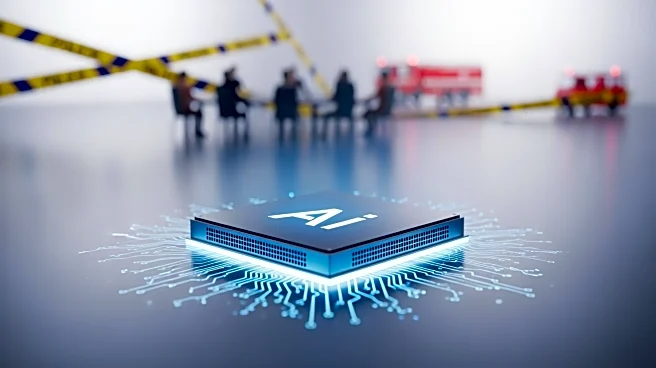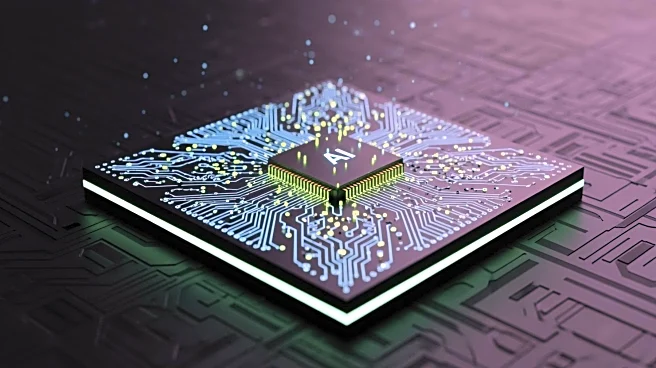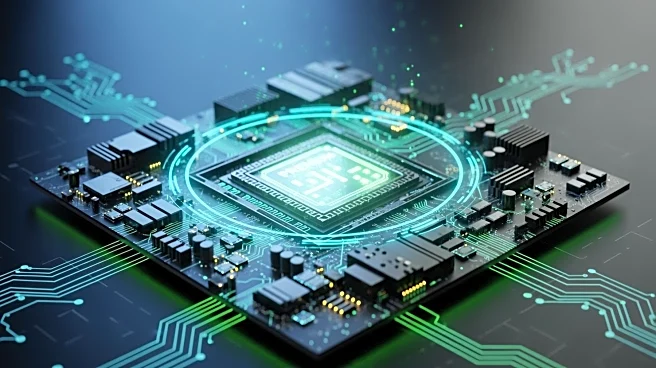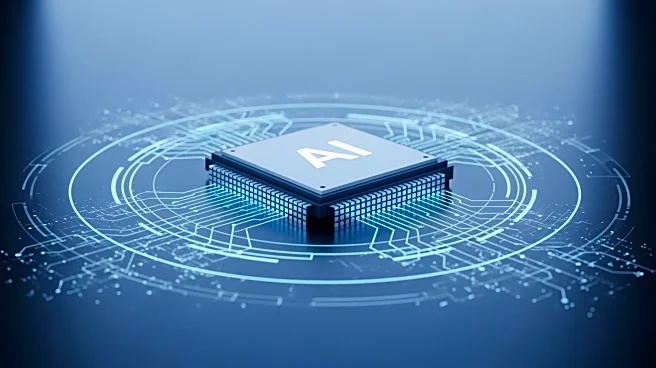What's Happening?
AMD has announced the divestment of ZT Systems' manufacturing business to Sanmina for $3 billion. This move allows AMD to recoup most of its acquisition costs from purchasing ZT Systems earlier this year.
The divestment aligns with AMD's strategy to focus on its core competencies, particularly in AI and cloud infrastructure. By retaining ZT Systems' design and customer enablement teams, AMD aims to enhance its rack-scale AI solutions. The partnership with Sanmina positions Sanmina as a preferred manufacturing partner for AMD's cloud and AI solutions, strengthening AMD's ecosystem of partners.
Why It's Important?
This divestment is significant for AMD as it allows the company to streamline its operations and focus on its strengths in AI and cloud computing. By offloading the manufacturing arm, AMD can concentrate on innovation and deployment of advanced AI systems, which is crucial in the competitive tech industry. The strategic partnership with Sanmina enhances AMD's ability to deliver high-quality, scalable solutions to its cloud customers, potentially increasing its market share in the data center sector. This move could also influence AMD's stock performance positively, as it demonstrates a clear focus on growth and efficiency.
What's Next?
Following this divestment, AMD is expected to leverage its enhanced engineering capabilities to accelerate the development and deployment of AI and cloud solutions. The partnership with Sanmina will likely lead to faster product introductions and improved manufacturing processes. Industry observers will be watching how this strategic shift impacts AMD's competitive position against rivals like Intel and NVIDIA in the AI and data center markets. Additionally, the success of this partnership could set a precedent for future collaborations between tech companies and manufacturing partners.
Beyond the Headlines
This development highlights a broader trend in the tech industry where companies are increasingly focusing on core competencies and forming strategic partnerships to enhance their capabilities. For AMD, this means a shift from traditional manufacturing to a more integrated approach that combines hardware and software solutions. This could lead to long-term shifts in how tech companies operate, emphasizing collaboration and specialization over vertical integration.











